This year, Electronic Beats and 032c commemorate 25 years of shaping sound, culture and consciousness with a collaboration titled “All Is Sound, All Is Transformation.”
The accompanying text is a meditation on listening as a mode of attunement, exploring how sonic experience shapes memory, embodiment and relation in a visually saturated world.
Words by Harriet Shepherd
All Is Sound, All Is Transformation.
1.
Everything that is, vibrates.
Even the inanimate waits—poised to be struck, touched, stirred.
Its rousing brings resonance: a penny dropped, rings. A lighter flicked, clicks.
Subtle touch summons natural frequency—innate and inevitable.
Threshold crossed, vibration becomes sound.
2.
Composer and sonic thinker Pauline Oliveros spent her life exploring the body’s relationship to sound.
One hears repeatedly that we live in a “visually-oriented society,” she wrote.
even though the ear tells the eye where to look.
A sudden noise startles the body stiff.
Or jerks it into instantaneous motion.
Hearing, she explained, is involuntary.
Listening is a choice.
For Oliveros, listening was a fully embodied act: a process of mindful attunement. Combining meditation, performance and acoustic awareness, she pushed for deep listening:
Take a walk at night, she suggested. Walk so silently that the bottom of your feet become ears.
3.
Sound may be intangible, but it reshapes the material world. It constructs environments and marks territory. It builds atmospheres and disrupts them.
Theorist Brandon LaBelle writes of “acoustic territories”—sonic conditions that define and transform space, often unconsciously. From the thrum of power lines to the beat leaking from a car window, every sound carves out a relation between self and surroundings.
The circulation of sound dynamically puts us in touch with the material world he writes. As vibrant and vibrating matter.
Even fabric carries frequency: the rasp of velcro, the drag of denim.
Sound doesn’t fill space—it claims it, he says.
It distinguishes between public and private—safety and threat.
It defines who belongs and who disrupts.
We are taught which sounds to prioritise—whose voices to drown out.
We learn to conflate silence with safety and noise with disruption.
We move through an endless web of ambient sounds. Most of them we filter out.
But they enter the body without permission—felt before understood.
The sound of steady rainfall lowers cortisol.
The whine of overhead fluorescents settles in the skull.
The nervous system listens, even when the mind does not.
4.
Sound activates memory differently than visual recall.
It doesn’t present itself for inspection; it returns as sensation
—goosebumps, quickened pulse, muscle memory.
Sound preserves what official histories erase. A drumbeat tethers to ancestral tradition. A child's lullaby survives war. A dialect holds the resonance of land no longer lived upon.
Sound folds time. It collapses distance. It reactivates what lay dormant.
Sonic texture becomes a kind of touch-memory—a way of feeling forward and backward at once.
Even the technologies that carry sound hold their own textures of time: the whir of tape, the stuttered intimacy of a scratched CD. A kind of material ghost.
Listening, then, is also remembering.
Not always clearly or comfortably.
But insistently.
It is a way of staying with what was.
Allowing the past to echo into the present.
5.
Listening is a way of drawing shape around the self.
It doesn’t so much discern, point from point, body from body, LaBelle writes, rather it registers all that surrounds us, creating links and connections between ourselves and the environment.
Listening shifts how we inhabit our bodies.
It alters how we hold space for others.
It attunes us to the forces that shape how space is felt
—who is heard, and who is ignored.
Who is silent, and who is silenced.
Oliveros urged us to listen deeply—not only to music, but to the world.
To walk as if the feet could hear.
To attune to the unnoticed, to the frequencies that don’t ask to be seen.
Ours is a culture that trusts what can be posted, surveilled, replayed.
But when danger approaches, we sound an alarm.
The ear tells the eye where to look.
The whip only cracks when it breaks the sound barrier.
Sound is never passive. It arises from movement, friction, contact.
To hear it fully requires attention—intent.
Listening dwells in the unresolved.
It doesn’t offer resolution, but relation.
It is how we become a body—individually and as a whole—in resonance.
To listen is to assert silently: I am here. I am with.


